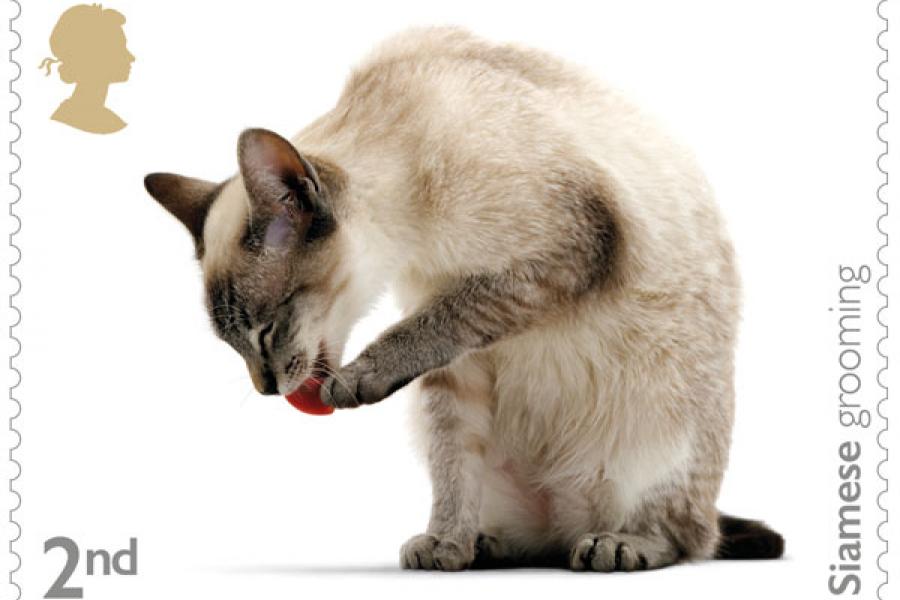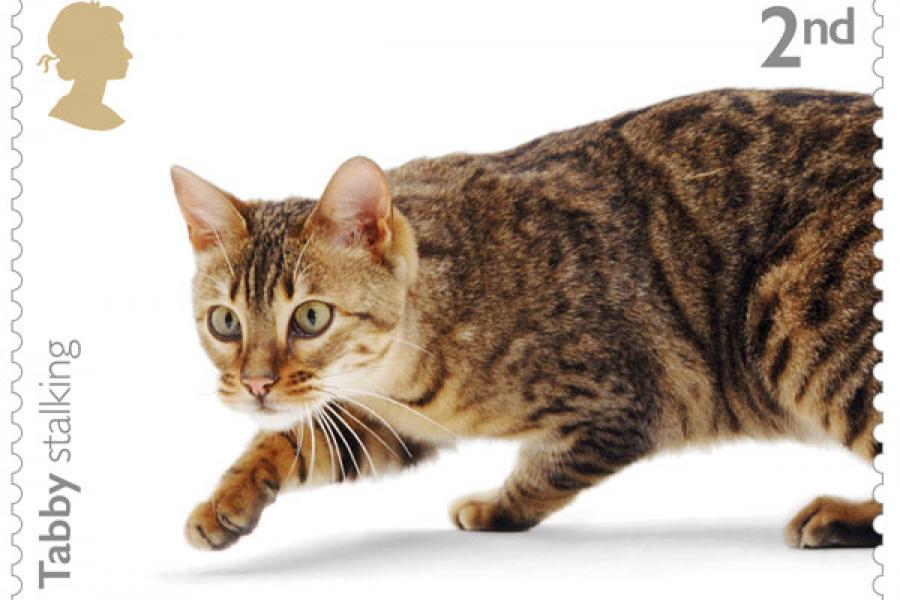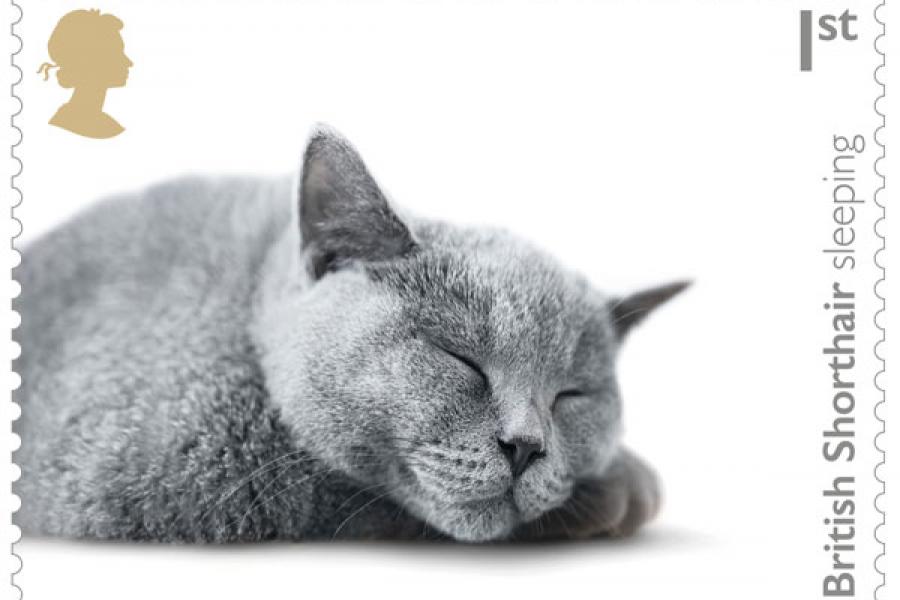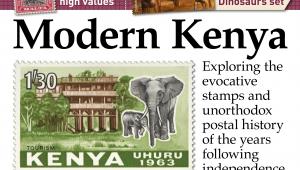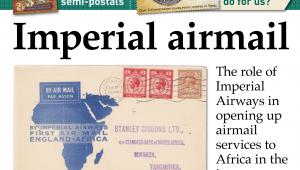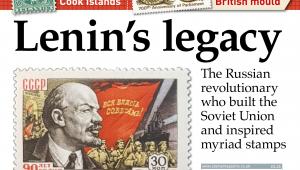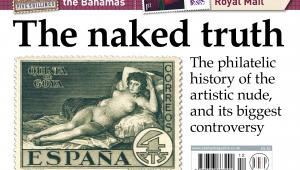Cats

The designs show feline pets of various breeds doing what they do best, including being curious, playing, grooming themselves and, of course, sleeping.
The African wildcat was first domesticated around 10,000 years ago, in the Middle East. This coincided with the establishment of settlements and the development of farming, and therefore the growing problem of attracting rats.
The expansion of maritime trade encouraged the spread of cats, as they were carried on grain ships to keep mice at bay. This in turn enabled their natural mutation into distinct breeds in different regions.
In parts of the Far East cats were revered as magical beings, but in the medieval Christian world they were associated with paganism and witchcraft. The persecution of cats may have contributed to the prevalance of rat-borne plagues such as the Black Death.
Their reputation was restored by the 19th century, when they became favoured as domestic pets. Britain had a cat show at Crystal Palace from 1871, and a National Cat Club from 1887.
Whilst cat fanciers drew up breed standards and kept pedigree records, the vast majority of domestic cats are ‘moggies’, of no particlar breed.
The stamps were designed by Studio Up, from photographs, and printed in litho by International Security Printers (Cartor). They are available in vertically se-tenant pairs.
2nd class SIAMESE CAT GROOMING
The Siamese is an ancient oriental breed with a graceful appearance and almond-shaped eyes, known for being sociable.
2nd class TABBY CAT STALKING
‘Tabby’ is not a breed, but a description of the natural pattern of dark and pale bands of colour inherited from the African wildcat.
1st class GINGER CAT PLAYING
Ginger cats are a variety of tabby cats, with a distinct colouration that comes in various shades of orange, red and gold, giving them a tiger-like appearance.
1st class BRITISH SHORTHAIR SLEEPING
The British shorthair breed is noted for its dense, short fur, which comes in many different colours and patterns, and for being effectionate and undemanding.
£1.85 MAINE COON STARING
Tracing its ancestry from the cats which travelled from Europe to the New World aboard ships from the 1620s onwards, the Maine coon has luxurious medium-length fur and a long tail.
£1.85 BLACK-AND-WHITE CAT ON ALERT
Cats of various breeds have black-and-white colouring, sometimes with a ‘tuxedo’ pattern.
£2.55 BENGAL BEING CURIOUS
A modern breed developed by crossing the domestic cat with the wild Asian leopard cat, the Bengal has a spotted or marbled coat.
£2.55 TABBY-AND-WHITE STRETCHING
Some tabby coats have a significant amount of white fur, usually on the paws, belly, chest, throat and face.
ADDITIONAL PRODUCTS
The presentation pack includes a guide to the different breeds, a history of the relationship between humans and cats, and advice on how to read a cat’s body language.
A first day cover and stamp cards are available as usual, and there is a collector’s sheet of 10 stamps (two 2nd class, four 1st class, two £1.85 and two £2.55) in self-adhesive form, accompanied by 10 pictorial labels.
PRICES
Set of 8 stamps £12.06
Presentation pack £12.96
Stamp cards £3.60
First day cover £15.15
Collector’s sheet £15.20
VERDICT
COMMEMORATIVE WORTH 1/5
Notwithstanding the popularity of cats in Britain, this seems a pointless issue
QUALITY OF DESIGN 2/5
The images are just photographs, albeit well presented
WOW FACTOR 1/5
Cute animals will always appeal to some, but this set will not prove memorable
